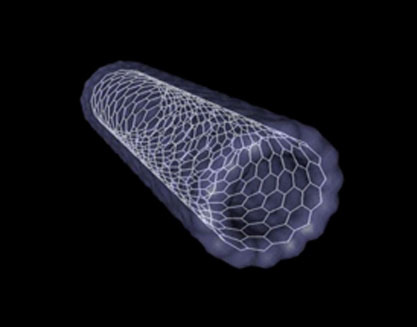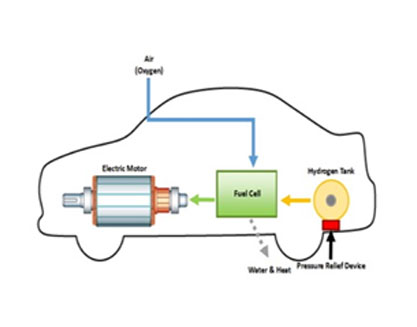
Stop landfilling and help improve Air Quality
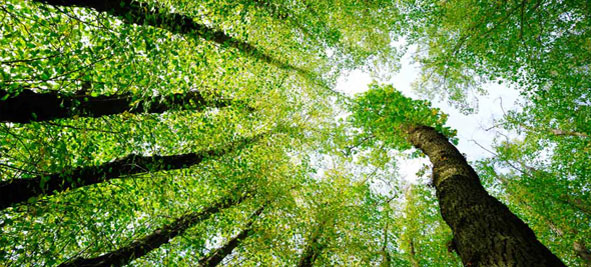
Use our waste as a resource to Reduce Our Carbon Footprint
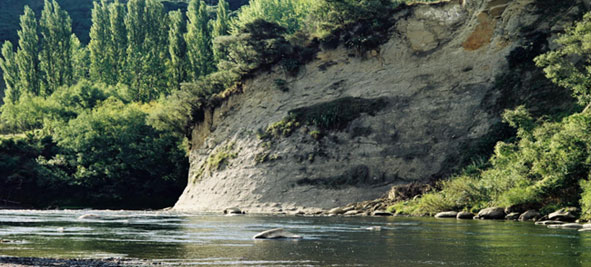
Thermally treat waste to produce Hydrogen and Synthetic Fuels
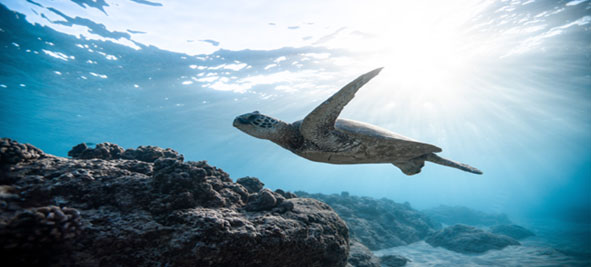
Protect Our Waterways from Waste Plastics
Waste disposal is a globally critical issue, particularly with population growth. Australia needs to annually dispose of more than 44m tons of waste. There is also a global imperative to move away from fossil-fuelled power generation. WTE (Waste to Energy) provides a green economically viable solution to addressing both of these.
For Government policy makers, city planners, waste management providers and other key stakeholders,it’s time to act on these issues.
Solutions
There is a unique opportunity to provide solutions to the significant waste management issues that have emerged in Australasia and the South Pacific.
The Best way to improve the environment is through market-driven leading-edge technologies. The GGII WTE (Waste to Energy) pyrolysis technology is certainly in this category. It provides a green highly-economic solution to waste management, which not only reduces greenhouse gas generation from landfills, but also reduce the reliance on fossil fuel and waste management solutions for almost.
Revenues can be generated from a number of sources:
- Waste disposal contracts
- Diesel fuel sales (long term supply contracts)
- Electricity sales (“into the grid”) – dispatchable / continuous power
- Biochar / Activated Carbon sales
- Carbon abatement certificates
Bioplant has a long pipeline of WTE projects, with low-risk continuous revenue, which are the type being sought by green investment funds.
Bioplant and its technology partners, can offer technology and consulting services on integrated waste management solutionsfor almost any kind of waste and any level of waste segregation.
Carrying waste from one part of the city or country to another is not efficient and generates greenhouse gases from the transport operations. The technology needs come to neighbourhoods. The ideal solution is toprocess neighbourhood waste in the same locality with any useful by-products consumed in the same place by the same people who generate the waste to feed the WTE facility.
Bioplant’s 40-ton /day WTE plant is best suited for local government councils. Where the solution needs to be even smaller, GGI has 5 ton /day plants that are mobile. One of its key uses is a Mobile Solution for Ocean Plastic Waste.
Bioplant Strategy
1. To develop its first Australian WTE project in Victoria through:
- Securing long-term waste contracts (MSW, Mixed Plastics, C&I, Tyres, Food Waste, Timber Waste, Sewerage Sludge, etc)
- Acquiring acceptable Industrial sites & obtaining planning / EPA approvals
- Developing projects to “investment grade” by formalising waste contracts, long-term power PPA’s (Power Purchase Agreements) and diesel offtakes agreements
- Seeking funding from renewable energy funds / Private Equity, including from Australia’s Clean Energy Finance Corporation (CEFC)
2. To develop projects in New Zealand and South Pacific to address waste and power issues in remote regions
3. To expand its project pipeline as part of the Circular Economy
4. To continue R&D on “future proofing” of the technology through conversion of the syngas via carbonisation to carbon nanotubes for batteries and hydrogen fuel cells for motor vehicles (the syngas currently contains ~37% Hydrogen)





